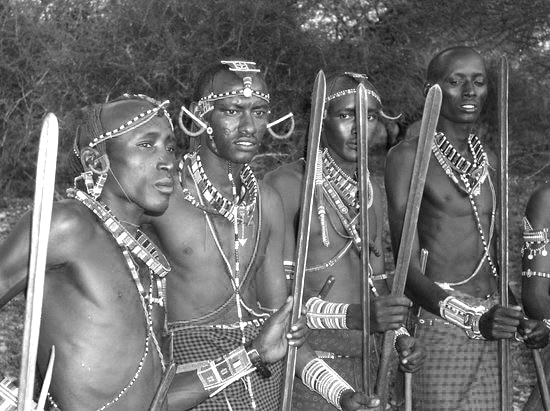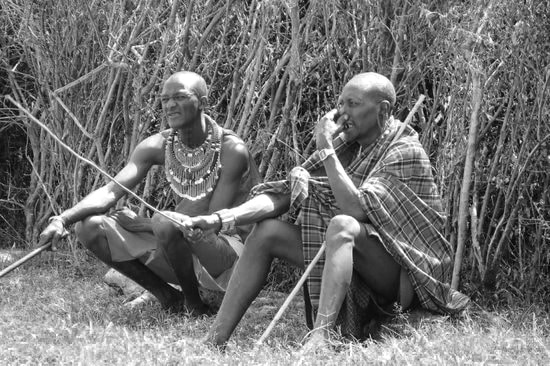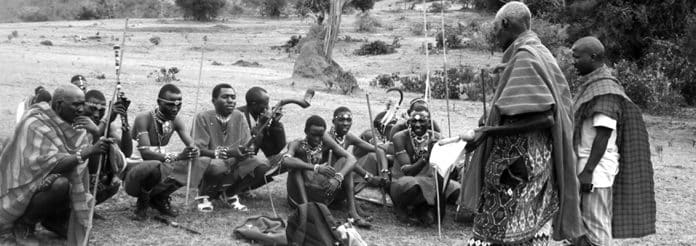Maasai Politics and Social Planning
Social Planning

A major feature of diversity in the Maasai society is the age system that distinguishes older men from other age systems that overlap for about fifteen years. Each set of age systems is divided into two parts “right side” followed by “left side.” That said, the most important thing in society is the small number of warriors who have been set up to carry out their duties in the recent past. it is the rise of the Maasai warrior villages to be formed in that period until another warrior group has already qualified. The establishment of a vibrant village warriors every seven years is something that creates a sense of independence and temporary freedom for each warrior from their fathers. That chance to being on their own extends to Morani mothers who occupy second place in the villages of their warrior children.
Every warrior village is a culture that makes all warriors close relatives. They do not own any property and are obliged to spend time together, share food and even their girlfriends. The terms in their diet and dynamics keep them together and make them more resilient in their own peer groups.
The village of one warrior group is abandoned before another warrior group is formed, and the retirement of the elderly leads to dispersal in small areas especially remote villages in order to make better use of grazing and watering facilities. As adults, men’s main goal is to establish their own families as well as pastoralists. The transition to adulthood involves the transformation of a young person in the process of becoming a responsible adult. The freedom of every property owner among the adults in the Maasai villages is seen as a criterion for showing a free person who is different from the emphasized dependence in the warrior villages, similar to the image of a male tribal leader which is completely different from the image of an unselfish warrior.
Maasai Political Organization of the Maasai Community
Maasai politics is deeply rooted into the authority in the age Maasai political system that is built from the alternating affiliated age group (A-B-C-D-E-F). This systems has Maasai political leaders of Group A bring in a new age group C, participate in a ceremony that involves lighting fires and then become fire guards for Group C, and their role is to nurture these as warriors gradually until they become older people. Similarly group C at the end become the guardians of group E and form the affinity of the A-C-E age groups which is different from the parallel cohesion of the fire sticks that interact between the B-D-F age groups. This twin account of responsibility includes a competitive integration of adjacent age groups (especially in the south) and hostility between the elderly and the young (especially in the north).
Maasai Social Control

Social control among the Maasai is built on faith in the elders’ ability to bless or curse which is integrated into their great moral capacity in all aspects. The ability of warriors to use fire sticks against invaders, or fathers to their children and adults all rests on the pillar of their ability to curse.
Conflicts
Another aspect of Maasai political structure is conflicts, whereby the tribe members tend to focus on various aspects of the struggle. The warriors are seen as guardians of Maasai livestock so far, although livestock theft is relatively low compared to the past. The most troubling problems are those of that are interior to the Maasais’ lives, which involves the provision of accommodation to the warriors. On the other hand there is a tense relationship between warriors and leaders against the theft of certain goods and adultery that occurs during adolescence and in the food shortages that all occur due to their lives of having no partners and food shortages that afflict them, which are different from the lives of the rich and seniors with multiple wives. On the other hand, there is competition between rival warriors. This hostility sometimes leads to fierce fighting. The development of age groups and their units is far from ideal, so the warrior will continue to rule even after a century of peace.
For more articles on the Maasai tribe click here!


































